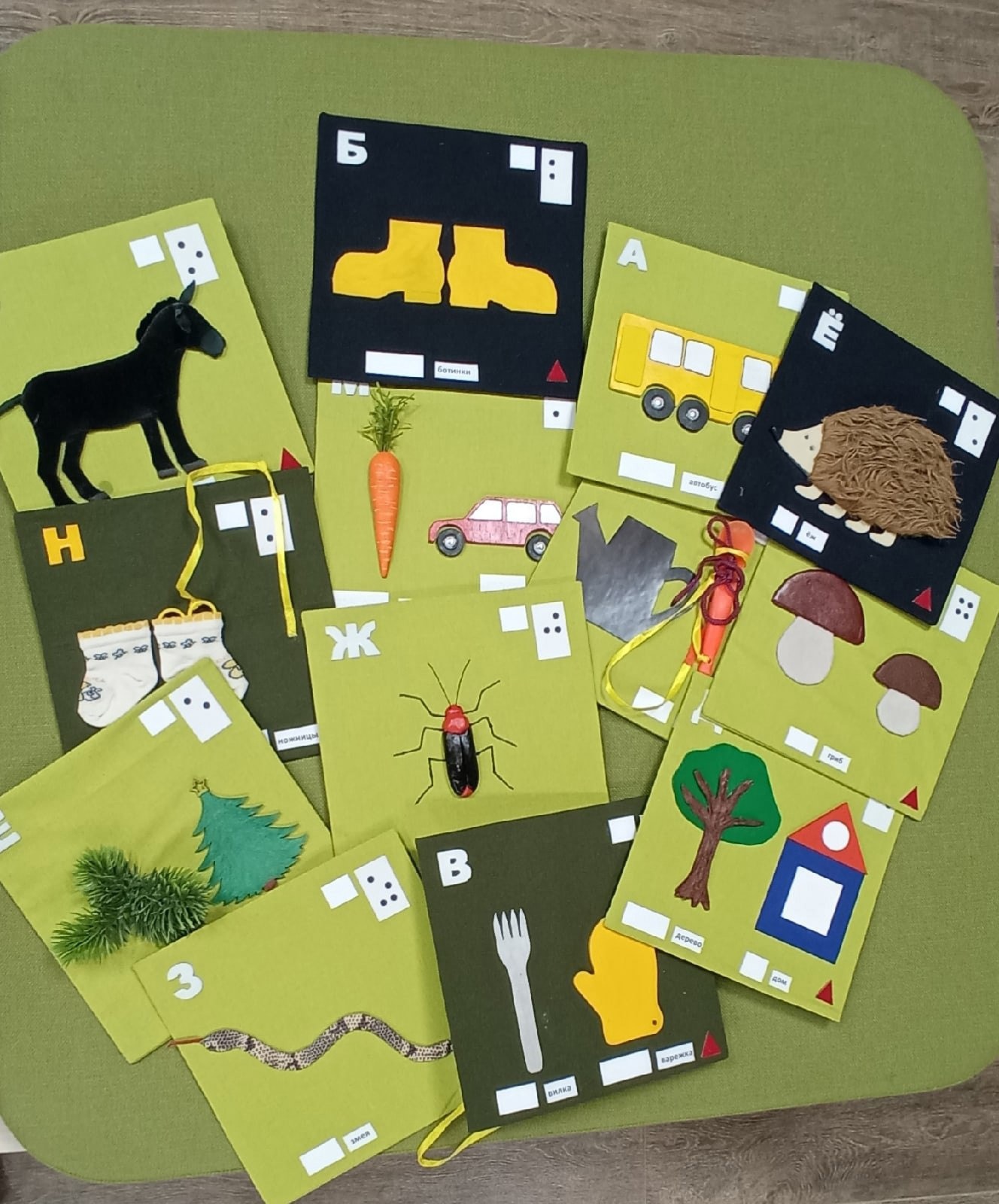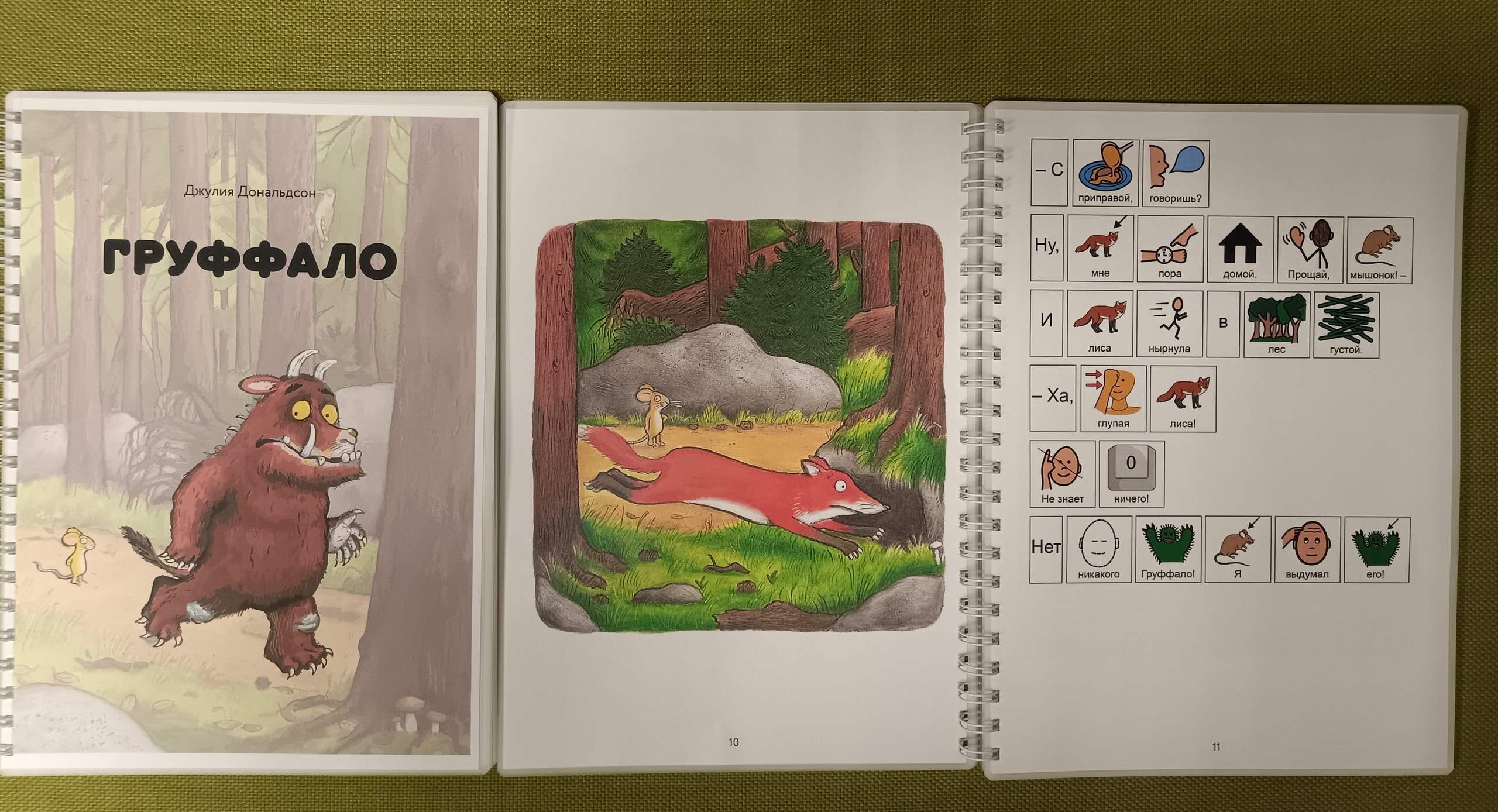Interview with Maria Malysheva
In this material, we want to take a bit of time away from the preparations for the expedition to Novosibirsk and tell you about the fascinating career of Maria Malysheva. Once upon a time in the distant 2009 the character of our today's material was enrolled in HSE. From the first course she got involved in SLON activities, was with us in different expeditions, gained experience and...became a good correctional pedagogue. After graduation Maria received additional education and nowadays she enjoys creating an inclusive environment for children with special needs. Her career was far from linear, and our graduate tried her hand at different fields before realising what she does best and makes her day-to-day life happy.In the interview, you'll find a colleague's memories of her university days and her work in our lab, the story of her career path, and helpful advice for students. We are very pleased to keep in touch with our alumni so that we have the opportunity to enjoy their achievements as well.
—Maria, could you, please, tell us about yourself and your activities at HSE?
I studied at HSE as a bachelor's student at the Sociology Department. After my first year, I was a research intern in the Sociology of Education and Science laboratory (SLON). Those three years were unforgettable. I joined this laboratory after a summer expedition in the Leningrad region, in Priozersky district. The task of the trainees was to study the theory of sociological research and carry it out in practice. We went out into the field, studied the area, communicated with local people, and observed what had already been examined by our senior colleagues. And that was how fun and fascinating our field work passed.
Afterwards, I wanted to continue my work in the laboratory and write about the themes that are studied in the lab. In particular, I wrote about school tracking. I was always very engaged in the lab, of course. I liked the people who worked there (and still do). In addition, the laboratory organised a large number of meetings to which professors, including foreign colleagues, were invited, and they shared their experiences with us. Furthermore, the laboratory provided a lot of theory and practice, which was very useful for me in my education. Then I also applied the skills I had acquired at work.
— Did you have any thoughts about an academic career when you started working in the laboratory?
I was always more interested in practice. But academia was equally exciting. It was very interesting to analyse data, to learn some techniques and methods, and the way it could be used later. But honestly, I did not see myself as a scientist in the future. Although at the moment it was very exciting, I wanted to go more into practice.
— What does it mean to "go into practice"?
For me, it's direct work with people and data collection where you could see results more quickly. In many ways I had a hard time in academia because you put in a lot of effort, you research, you get good results, and then you participate in the development of recommendations. But those results need to be promoted further, pushed through, in order to see their applicability. I wanted to be directly involved and I was interested in seeing how things can work and what things we can change.
— And how did your life turn out after graduating?
I wanted to take a short break, to see what else was interesting in St Petersburg, and try to work. To be honest, it wasn't quite easy for me at first, both with work and in the whole thing.
I tried working in usability and marketing. But it was all quite a short period of time. I realised that it didn't suit me. So I moved on, following my curiosity and interests, and then I stumbled upon a fascinating master's programme at HSE. It was called "The Experience Economy", and I decided to go there because I was interested in the events field, and I was already working in this industry.
One day I met an artist and through her I learnt about "tactile" books, which are made for blind and visually impaired children. In such books the images are three-dimensional and close to the original object we want to describe. And step by step I have already participated in the projects of the most unusual library of the city - the library for the blind and visually impaired. It has a publishing department that produces special literature for blind and visually impaired people, large-scale project activities, departments for working with visitors of different ages and needs. And for six years now I have been working on project activities in the children's department.
At that moment I already knew what I wanted to do and what I was very good at. And in general, I thought that I had always wanted to work with children, because I was drawn to education. What I did in the laboratory and my further experience in this field led me to the field of childhood.

At that moment I already knew what I wanted to do and what I was very good at. And in general, I thought that I had always wanted to work with children, because I was drawn to education. What I did in the laboratory and my further experience in this field led me to the field of childhood.
And I ended up in the children's department and I've been working there all these years. I'm responsible for creating special activities for children. But during the time I've been working there, the scope and audience of the library has changed a lot. It now operates as an inclusive space, despite its name. "Inclusive space" assumes that everyone who wants to come there can come and use the services of the library and the possibilities of this space on an equal basis.
I have a child-related activity and the audience is very broad. In other words, I came for one audience: blind and visually impaired children. And I prepared activities for them too. And now the audience includes anyone at all: not only normotypical children, but also children with autism spectrum disorders, intellectual disabilities, severe multiple developmental disabilities, and hearing-impaired children.
At one point I realised that I lacked knowledge in this field. This prompted me to continue my education, firstly, in child psychology, then at the Institute of Correctional Pedagogy, specialising as a correctional pedagogue. The education I have received enables me to design different programmes, classes and activities for such a wide audience.
In cooperation with other specialists, psychologists and correctional pedagogues, we adapt the environment: we make special labelling of the environment, provide different equipment for children, and they can come to us individually and in groups.

When they visit the library individually, we help them to use the inclusive environment. When different children meet each other, I act as a game-master who helps them, if necessary, to communicate, to find what they need in this environment.
And when it is a group activity, my tasks include designing special activities for the children's abilities and adapting the environment to their particularities. This is not the only place I work. I hold craft festivals for children with different needs, create props and programmes.
— Do you continue to develop your professional skills in any way?
This year I went to study to become a behaviour analyst, in a field called applied behaviour analysis. It is a method of adjusting behaviour, upbringing and education of a child based on the study of environmental factors. The assumption is that by changing the environment we can change the child's behaviour.
Behavioural analytics is very similar to sociology, because there you have to conduct micro-research using methods of sociology and psychology, analyse the characteristics of the child and environmental factors. It's engaging: you use what you learnt a long time ago and you discover a new approach.
— Do you think your education as a sociologist and your experience in the laboratory helped prepare you for your work?
Working with children and people in general has always been close to my heart. I enrolled in the Faculty of Social Sciences out of this interest. Activities in SLON were a kind of springboard for me, but further education helped me to define myself more precisely. In my work today I apply a lot of the things I learnt at the social sciences faculty and in the laboratory.
— Can you tell us more about what you did in the lab?
I wrote the paper under the supervision of Daniil Alexandrovich Alexandrov, and worked a lot with Svetlana Savelieva. In general, all members of the laboratory worked with me, and I am very grateful to them.
I participated in migration research and the study of inequalities in school education. I remember a number of projects. For example, there was a project with the Anna Akhmatova Museum in the Fountain House. We worked together with a group of different specialists and museum staff to make an exhibition for the museum. On our side, we conducted interviews and surveys among students at the school and teachers. Then we conducted focus groups with children, based on the results of which we created objects for the exhibition.
Once the work was completed, the creators of the exhibition invited us and all the children involved to visit the exhibition. I was amazed at how they managed to design a fascinating and creative space based on our project on migration and ethnicity.
I remember that there were also different studies of the city. These were student projects: we studied and mapped ethnic cafes and restaurants on Vasilievsky Island.
There were also expeditions to the Moscow region. Then, together with senior colleagues, we analysed the data and spoke at real scientific conferences at HSE in Moscow. In total, I have been on four expeditions, and they have always taken place in different areas.
— What were your coursework and dissertation topics?
I wrote about intra-school and inter-school tracking. In other words, whether there are any differences between classes and between schools, and how this affects a child's educational trajectory. In the research I used both quantitative and qualitative methods. In the quantitative part, I looked at the presence of inequality and educational choices.
When I was writing the paper, I noticed what a friendly team we had in our laboratory, everyone supported each other so much. And I was struck by how the staff helped me to cope with statistics and data analysis. I was very curious to write with such support. And the result was great too. That's why I am glad that I connected my studies with the laboratory, because I felt super strong thanks to my colleagues. Many thanks to them for that.

